Effective Strategies for Developing a Research Project
Understanding the importance of research in various fields is crucial for making informed decisions in everyday scenarios. This content provides guidance on planning and executing a research project, outlining steps from understanding the assignment to drafting and editing. Key aspects include evaluating ways to plan a research project, using backward design principles, and seeking help at different stages. By following these strategies, individuals can enhance their research skills and successfully complete their projects.
Download Presentation

Please find below an Image/Link to download the presentation.
The content on the website is provided AS IS for your information and personal use only. It may not be sold, licensed, or shared on other websites without obtaining consent from the author.If you encounter any issues during the download, it is possible that the publisher has removed the file from their server.
You are allowed to download the files provided on this website for personal or commercial use, subject to the condition that they are used lawfully. All files are the property of their respective owners.
The content on the website is provided AS IS for your information and personal use only. It may not be sold, licensed, or shared on other websites without obtaining consent from the author.
E N D
Presentation Transcript
English Composition II Module: Developing a Research Project
Learning Outcomes Evaluate strategies for developing a research writing project 4.1 Evaluate ways to plan a research project 4.2: Use backward design principles to plan a research writing project 4.3: Evaluate strategies for preliminary research on a topic
Why It Matters Research is used in several fields. An educator researches new teaching methods A coach researches new plays Historian s research past trends Law enforcement research crime rates Everyday decisions use research. Where to holiday Ways of staying healthy Choices about raising children Knowing how to conduct research helps in these every day scenarios.
Learning Outcomes: Planning the Research Project 4.1 Evaluate ways to plan a research project 4.1.1: Outline effective strategies for understanding an essay assignment 4.1.2: Identify the steps to writing a research paper 4.1.3: Recognize the value of approaching a writing project through multiple drafts 4.1.4: Identify ways to get help at various stages of the research project
Understanding the Assignment Know your prompt by asking questions: What is the purpose of this assignment? What is your stance on the topic? How is the topic relevant to your life? Recognize the action items & purpose. Is the assignment asking you to analyze, compare, contrast, or expand upon? Identify what is required? Essay, bibliography, outline, page length (any other requirements) Are there suggestions that can help you be successful? What kind of evidence is needed or required? Make a plan.
Prepping the Project Prewriting Listing Mind Mapping Free Writing Outlining Research Seek out peer-reviewed, credible sources Drafting & Editing First draft can begin, using the outline Follow the requirements specifically Main arguments should be clear points Edit (self-review, peer-review, writing center) Revise into further drafts
Drafting Multiple drafts are important First draft Get ideas on paper Create rough draft without sources Write original content only Fill out the outline Middle drafts Add in outside information Review assignment requirements Fill in the rough draft Begin to smooth out transitions, grammar, and syntax Final draft read-through for a polished end result
Where to get help Your instructor Best line of support Ask questions, ask for feedback on drafts, and be specific with the questions you have. Peers They re part of your discourse community. They can help with feedback. Be sure to take their feedback with a grain of salt. Writing centers Book an appointment Go in with specific questions or issues. Campus libraries Very helpful with research and citations
Practice Question 1 Which of the following is not a key part to beginning a research project? A. Understanding the prompt B. Finding at least 5 sources that support your stance C. Creating multiple drafts D. Asking the instructor for any specific questions
Learning Outcomes: Thinking Backwards 4.2: Use backward design principles to plan a research writing project 4.2.1: Use backward design principles to identify the most effective combination of content and delivery 4.2.2: Identify different kinds of audiences for your writing 4.2.3: Explore strategies for connecting with particular audiences through effective style, language, evidence, and rhetorical appeals 4.2.4: Recognize key conventions of academic writing
Designing Research Backwards Start by asking what you want your reader to understand. Who is your audience? What do they already know? What is their stance on the subject? Understand your audience Ask what your audience needs to know will you help write your thesis. Questions can be answered to get your readers from the starting point to where you want them to be at the end.
Who is your audience? Consider: Expectations why are they reading this? Prior experience with the topic Attitude/stance towards the topic Frame of reference cultural, religious, demographic, etc. Real or Constructed? Real specific audience (a letter to a friend, memo to a boss, etc.) Constructed seemingly to the professor but in reality, a theoretical audience (well- informed peers)
Rhetorical Appeals Aristotle created 3 strategies for persuasion Ethos, pathos, and logos Ethos Appeal to the character of the writer Adds credibility and believability to an argument Pathos Appeal to emotions Use the emotions most related to the topic and capitalize on them Logos Appeal to logic Uses statistics, facts, data, etc.
Academic Conventions Build on what other writers have written Authority is created when using outside sources Cite all outside content and give credit where it is due Build arguments using evidence Be authoritative, but understand there will be readers who disagree Use clear, concise vocabulary and verbiage. Be clear and straightforward.
Practice Question 2 Eduardo is writing an essay that states dogs are better than cats as pets. Below is a sample of his work: Canine animals are the preeminent beasts in all of creation. Canines are subservient, steadfast, and forever jubilant upon the arrival of their owners. What is one possible issue with this brief excerpt based on academic conventions? A. Cats are superiors pets. B. He is not authoritative enough. C. His wording is too complex for this subject. D. Nothing. Everything looks good here.
Class Activity: Rhetorical Appeals In groups of 2 or 3, brainstorm some ideas of ads or commercials that use one or more of the rhetorical appeals (ethos, pathos, or logos). Using YouTube or a search engine, find a commercial that clearly uses an appeal to the audience. Create a 2-3 minute presentation that shows the commercial to the class, then discusses the appeal(s) that it uses. Are the appeals effective? How do they impact the viewer? Is there anything that can discredit the claim based on the appeal used? As a peer, watch the videos presented and see if you can identify any appeals that are used that the group overlooked.
Learning Outcomes: Preliminary Research 4.3: Evaluate strategies for preliminary research on a topic 4.3.1: Recognize the appropriate scope for a research project
Scoping Your Project Scope is the depth and breadth of a study It is imperative to find the right scope for your project How narrow or broad do you want the research to be? In a research essay, you must explore what others have said to answer your own question. It is not just restating what others have said. It is taking what others have said and building upon those ideas.
Preliminary Research Shift from overview questions to focused research questions Read for a purpose How does the material directly relate to your argument? Look at credibility of your sources before digging deeper Refine your research question: Skim a wide variety of sources. Identify subtopics that may fall under the scope of your topic. For each subtopic, identify other possible research questions. Consider the scope for each of those questions. If the scope is still too broad, refine and repeat the process. Strong questions should be interesting, relevant, nuanced, and clear.
Practice Question 3 Idriss has been assigned a research project, and the only parameter is that it must be argumentative. He can choose any topic he wants. The first thing he thinks of is music, as that has been a topic of interest in his life lately. He comes up with the following idea : The history of music in the United States. What is a potential issue with the scope of this topic? A. It is too broad. It doesn t have enough information or a stance. B. It is too narrow. He should be examining music in other countries. C. It is too new of a topic. There will not be enough information out there. D. Nothing is wrong with the scope. It s a great starting off point.
Class Activity: Narrowing the Scope Individually, review the following topic: Capital punishment Pretend that your instructor has assigned you a research essay over this topic. Spend 5-10 minutes brainstorming ideas that identify your stance, your knowledge, and your overall thoughts on capital punishment. At the end of that time, create a research question that is not too narrow and not too broad that could serve as a foundation for this project. In groups of 3-4, share your research questions. As peers, give feedback on whether the question is too narrow or too broad and potential ways to fix those issues.
Quick Review Prewriting, research, and drafting and editing are part of the preparation of a project. Multiple drafts should be written before the final. Your instructor, peers, writing centers, and libraries can all help. Backward design asks what you want your audience to know at the end of the essay and answering questions to ensure they get there. Know your audience, whether real or constructed. Rhetorical appeals are ethos (credibility), pathos (emotions), and logos (logic). Academic conventions use outside sources, cite, provide evidence, be authoritative, and use clear verbiage. Scope is the breadth (narrow or broad) of a project. Preliminary research starts broad, then refines the research question.
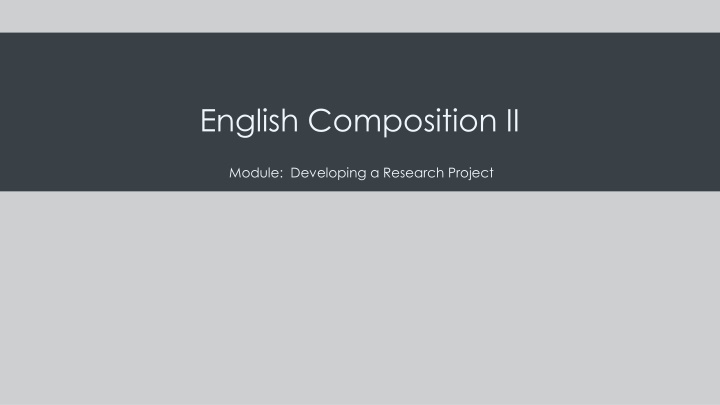



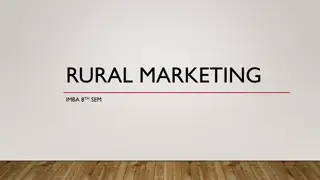

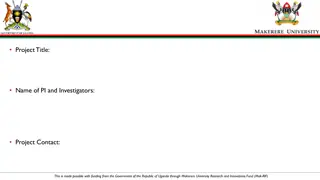

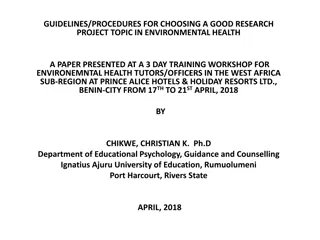
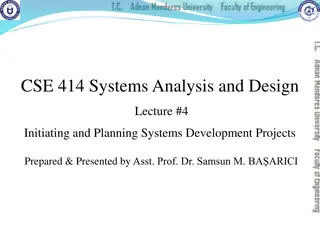
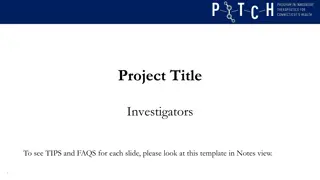
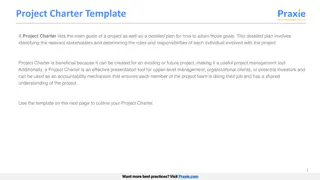
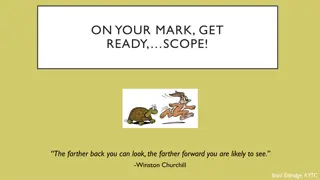
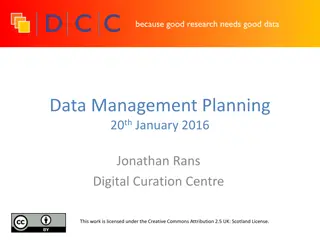
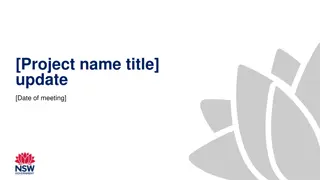

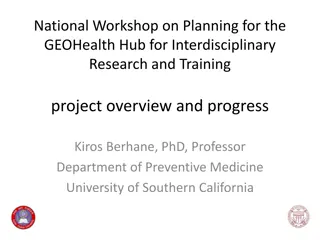
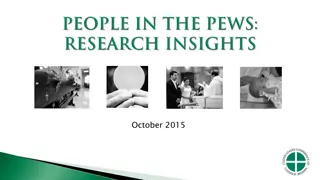
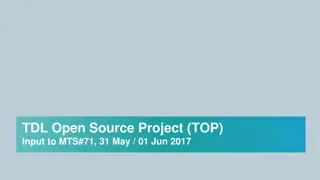
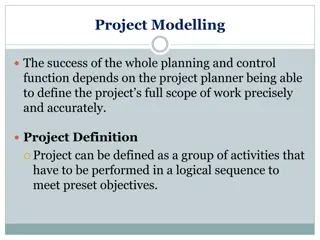
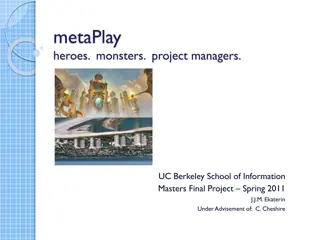
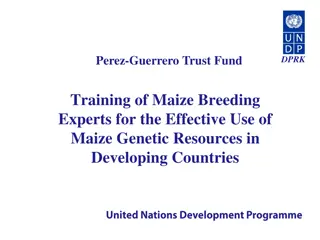
![Project Initiation Document for [Insert.Project.name] [Insert.Project.number]](/thumb/226757/project-initiation-document-for-insert-project-name-insert-project-number.jpg)
